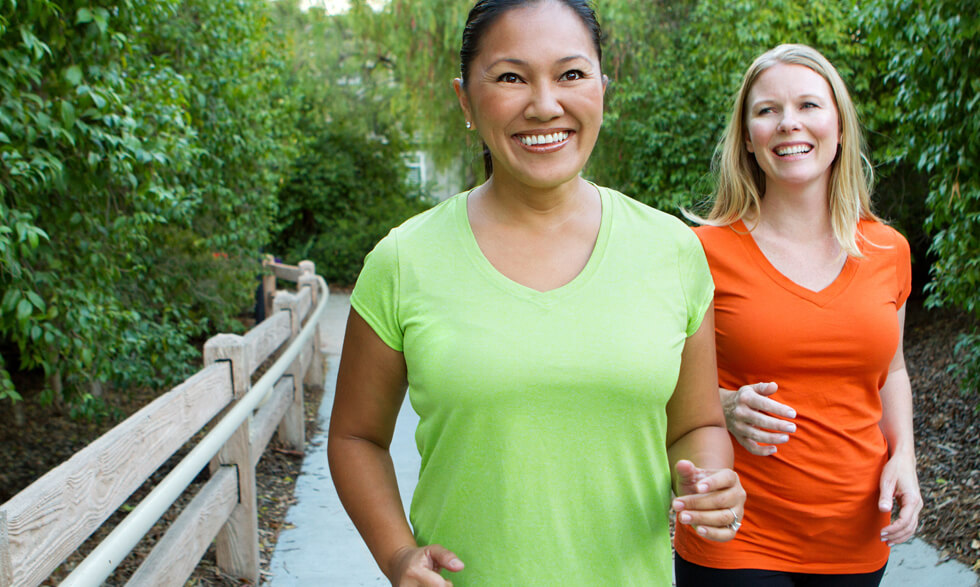
Last updated on August 12th, 2024 at 02:55 pm
[Introduction]
Spring is here, which means it’s time to get outdoors and get active.
Read on to find out how much exercise you and your family need in a day. Learn new ways that being active can benefit your health now and in the future.
Move more, sit less
That’s the main message for adults from the 2018 Physical Activity Guidelines, from the U.S. Department of Health and Human Services.
We all know exercise and physical activity are important to our health. But the new guidelines tell how much activity we need to stay healthy, prevent or slow down chronic diseases, and improve our quality of life.
Most adults, for instance, need two to five hours per week. Kids ages 6 to 17 need about an hour a day. There are also recommendations for pregnant women, people with chronic diseases, and those with disabilities.
The guidelines are an update to those released in 2008. The overall message of “get moving” is similar to that of the 2008 guidelines. But here are some key updates:
| Adults and older adults: | 2 to 5 hours per week |
|---|---|
| Kids: | 1 hour per day |
| Young children: | 3 hours per day |
| Pregnant women: | 2 1/2 hours per week as able |
| Adults with chronic conditions or disabilities: | 2 to 5 hours per week as able |
Guidelines for young children
The 2008 guidelines didn’t include activity recommendations for young children ages 3 to 5. So how much activity do your preschool-aged children need? They should be active throughout the day to enhance growth and development. Encourage your young ones to engage in active play for at least three hours a day.
Immediate health benefits
Maintaining a healthy weight is one major plus of moving more. But there are other benefits. These include reducing anxiety, improving blood pressure, sleeping better, and helping with insulin sensitivity.
Long-term benefits
The guidelines review long-term benefits of exercise, like helping prevent some types of cancer. Exercise can reduce the risk of getting dementia and Alzheimer’s disease as we age. For children and teens, staying active contributes to brain function and better bone health.
Chronic disease management
New evidence shows that physical activity can help manage existing health issues. For example, exercise can decrease the pain of arthritis and slow diseases like high blood pressure and type 2 diabetes. It can also improve brain functioning for those with multiple sclerosis and Parkinson’s disease.
Move your way!
Although the guidelines were written with health providers and scientists in mind, helpful information is available for everyone at the
Move Your Way website in English and Move Your Way website in Spanish.
Not sure where to start?
Review the brief fact sheets designed for your age group. Watch a video that tells you how to make working out part of your daily routine. Think raking leaves, taking the stairs, and even vacuuming!
Tools to help you succeed
Move Your Way has an easy-to-use online activity planner. Log activity hours and keep track of how much exercise you need to meet your weekly goals. Choose from 54 activities (like active video games, tai chi, gardening, or shoveling snow) or enter your own.
